Every year, Time Out scours the globe to find the world’s coolest neighbourhoods and this year’s list of the top 40 crowns Madrid’s Carabanchel number three.
The only neighbourhoods to rank higher than Carabanchel are Laureles in Medellín (Colombia) at number one and Smithfield in Dublin (Ireland) at number two.
Travel publisher Time Out states that this year’s choices are places with big personalities.
“Each area’s diversity is reflected in its food, culture and festivals. Community is key: locals have banded together to rebuild their neighbourhood after disaster, to protest the demolition of much-loved cultural venues or simply to create spaces where people can come together and have some fun”.
Carabanchel lies outside the Madrid M30 ring road and is located to the south of the centre, one of the poorer areas of the capital.
Right up until 1998, the neighbourhood was dominated by one of Europe’s biggest prisons. Built between 1940 and 1944, it was constructed by political prisoners after the Civil War and shaped the grittiness of the neighbourhood for over half a century.
READ ALSO: What are Madrid’s most affordable neighbourhoods to rent in?
Since the prison closed and was eventually razed to the ground, the neighbourhood has undergone a grand transformation, with galleries and craft beer breweries popping up alongside local community establishments and family favourites that have existed for years.
In September of this year in fact, Madrid town hall approved a plan to build 640 new houses on the land where the prison once stood, along with a new hospital, offices, an education centre and several green zones.
Once built, the influx of new residents, plus tourists and digital nomads looking for the next up-and-coming neighbourhood are sure to change Carabanchel even more.
READ ALSO: How much does it really cost to live in Madrid?
Time Out has declared that “Carabanchel has turned into the city’s latest version of SoHo, now buzzing with trendy art galleries and cutting-edge creative spaces”.
One of the hip places that has helped Carabanchel earn this accolade is Nave Oporto, a centre for artistic creation, housed in an old textile warehouse. Here, a group of young architects and artists have located their studios. Casa Antillón and the Veta art gallery are two other worthy mentions in the area.
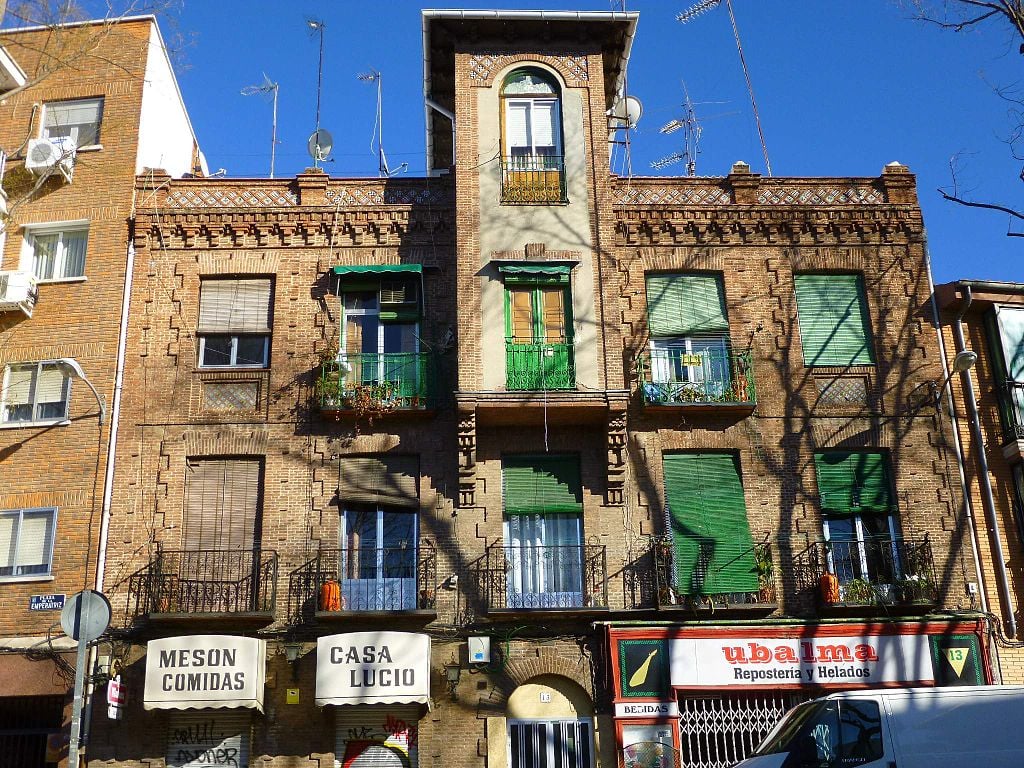
Another place mentioned that has helped to make this barrio the third coolest in the world is Cervezas Patanel, a sleek brewpub, where glasses of chilled craft beer and IPAs are served alongside modern tapas bites such as nachos and honeyed-barbecue chicken, as well as burgers and pizzas.
La Grifería follows the same trend with its craft beers on offer, but also serves a selection of wines and more traditional tapas.
But it’s not just ‘nuevo cool’ that has this hood on the list. As mentioned the Time Out editors have also chosen Carabanchel because of its local community feel, and there are some spots here that have been favourite local hangouts for years.
One of these is Casa Enriqueta, serving up its traditional gallinejas (crispy lamb or goat intestines to be precise) – a Madrid speciality since 1958. There’s also La Casa de los Minutejos, touted by locals as one of the best places to eat pig ear sandwiches in the city.
And of course what hip neighbourhood would be complete without live music venues? Yes, Carabanchel has these too. Two of the best mentioned are the rooftop of El Observatorio Musical, a large cultural space with its own recording studios, and the gigs at Gruta 77. With musical styles from punk rock and ska to reggae and garage, this nightclub is surely the place to see and be seen in Carabanchel.
Add this to the sprawling peaceful gardens at the neighbourhood’s Finca Vista Alegre palace that were redone in 2021 and the chic Sabrina Amrani gallery, focusing on art from North Africa, the Middle East and South Asia, and you can see why Carabanchel is now on the radar.
Whether the new constructions approved by the Madrid town hall and the Time Out accolade change the barrio for the better – no longer the place associated with one of Europe’s biggest prisons – or whether it drives up rents and pushes locals even further out of the city has yet to be seen. But for now, locals seem proud that their once little-known neighbourhood has been recognised for what it truly is.
It’s not the first time a Madrid barrio gets recognised by Time Out. In 2018, it was the turn of Embajadores (which encompasses multicultural and buzzing Lavapiés), when it got named the world’s coolest by the travel and events magazine.
READ MORE: The real reason why this Madrid’s Embajadores was named the world’s ‘coolest’ neighbourhood

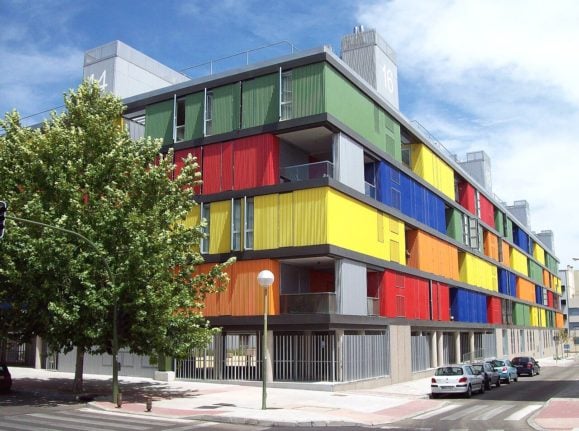

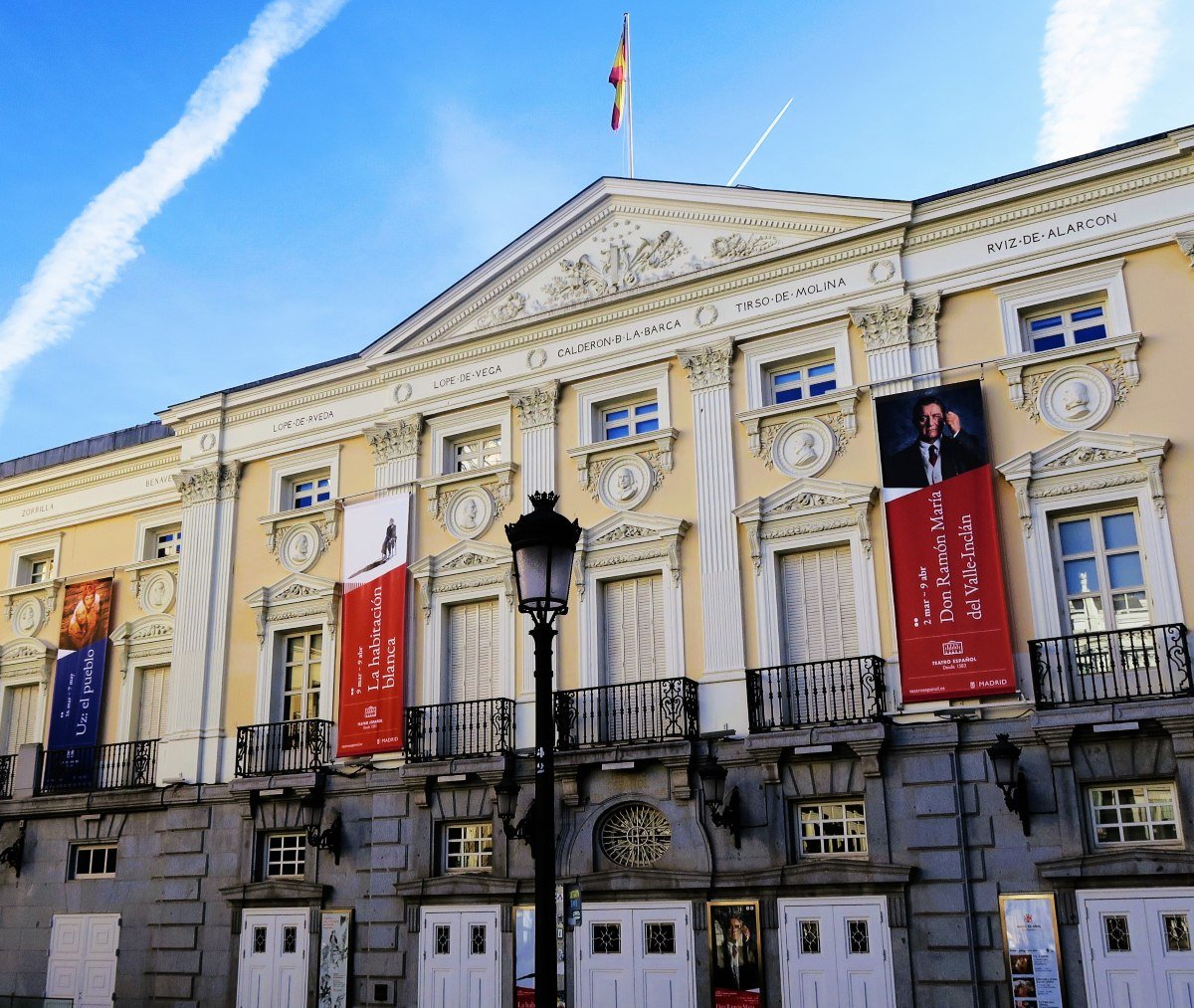
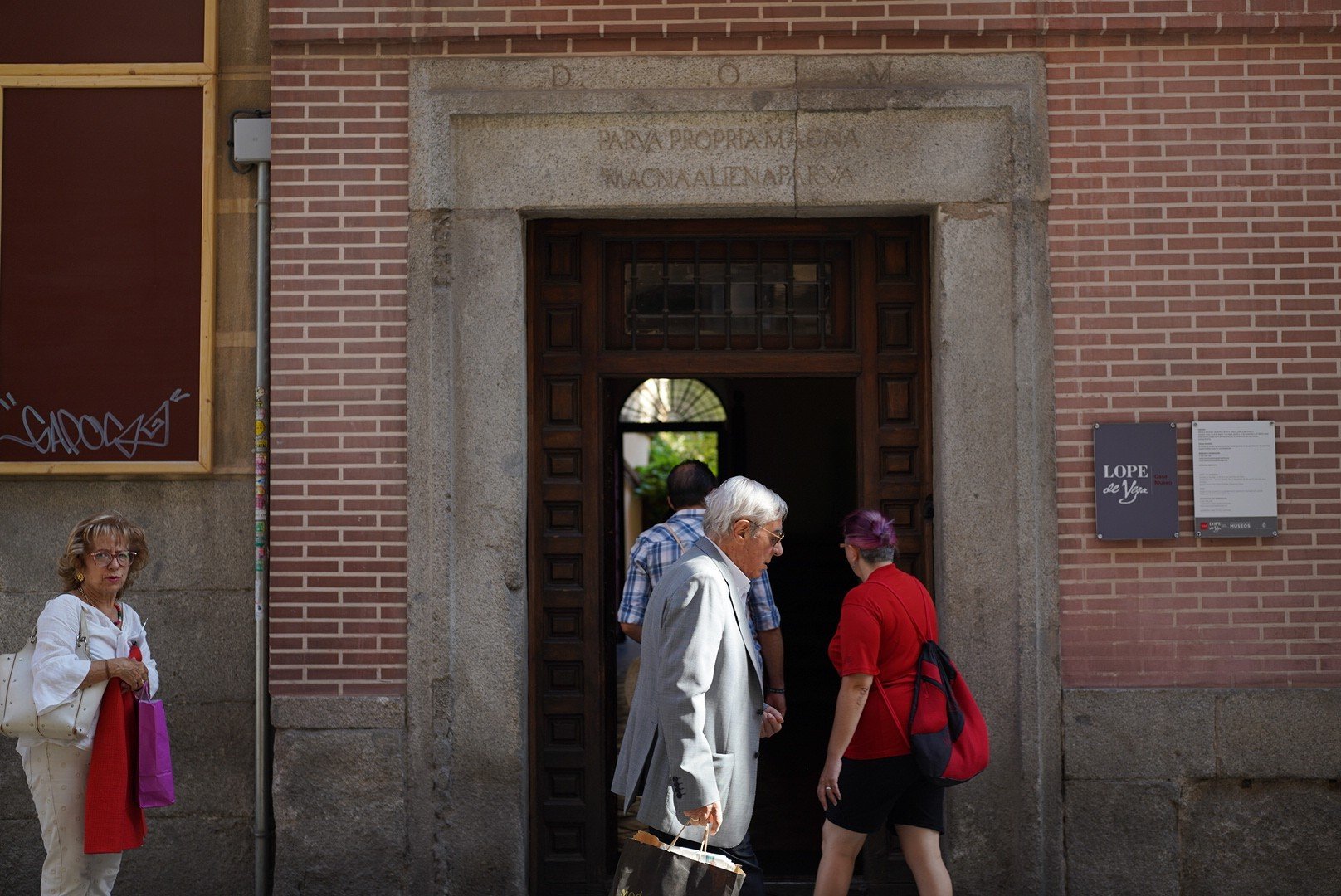


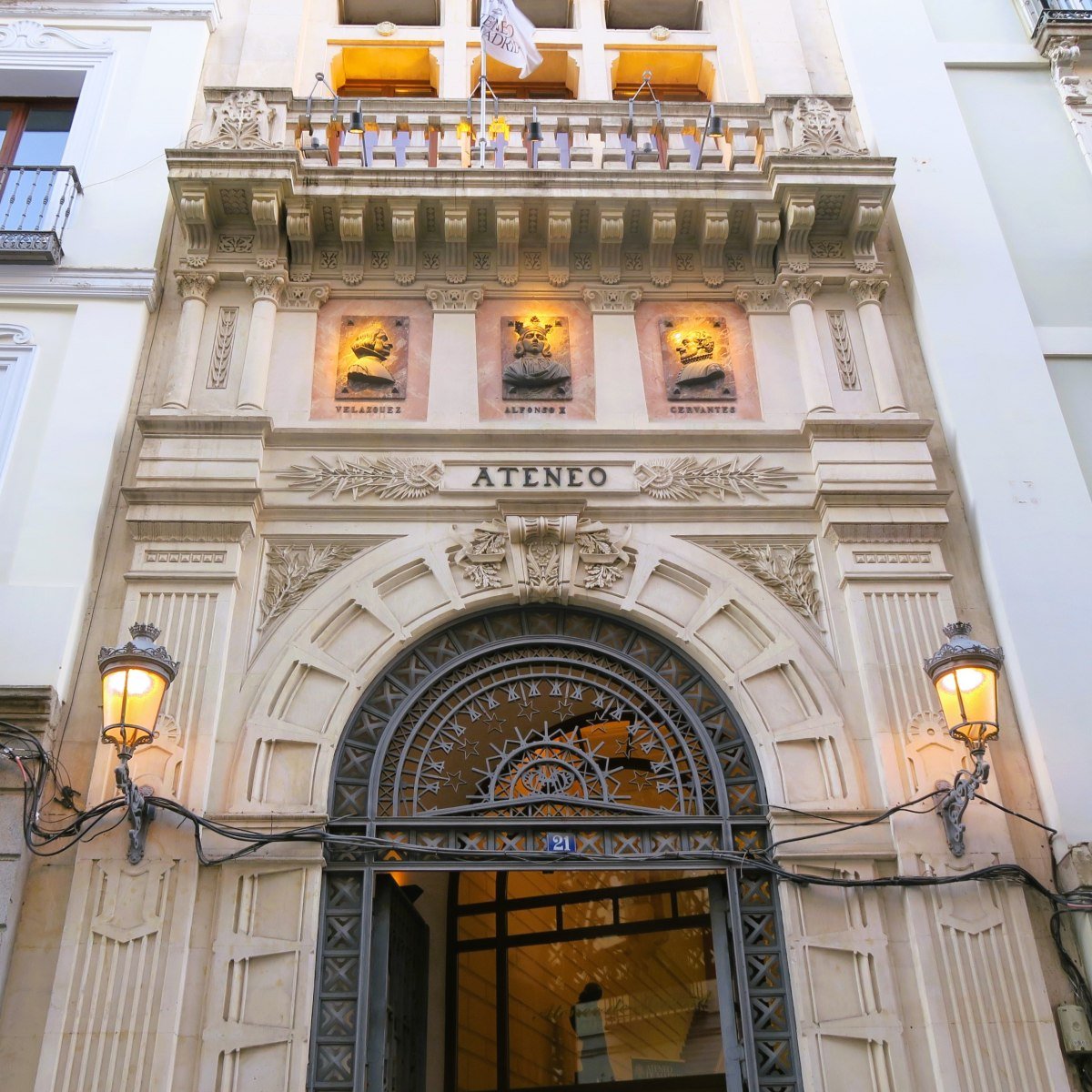
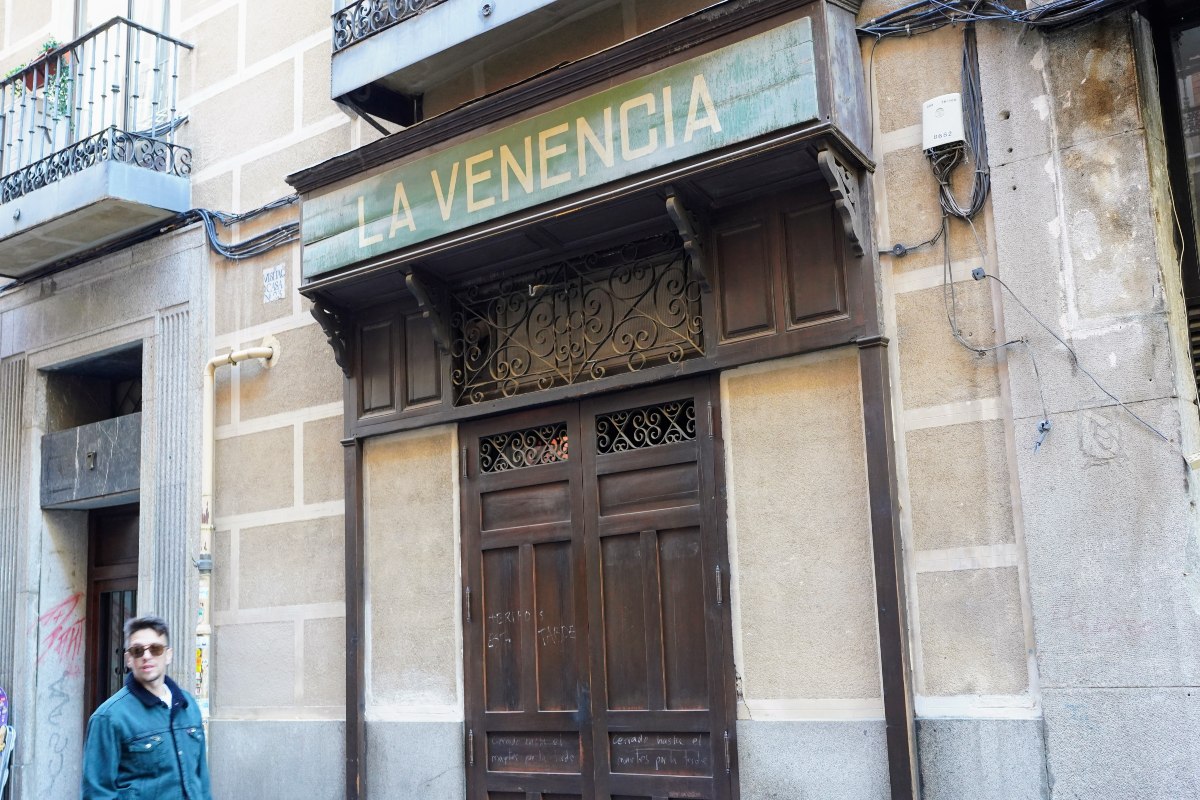
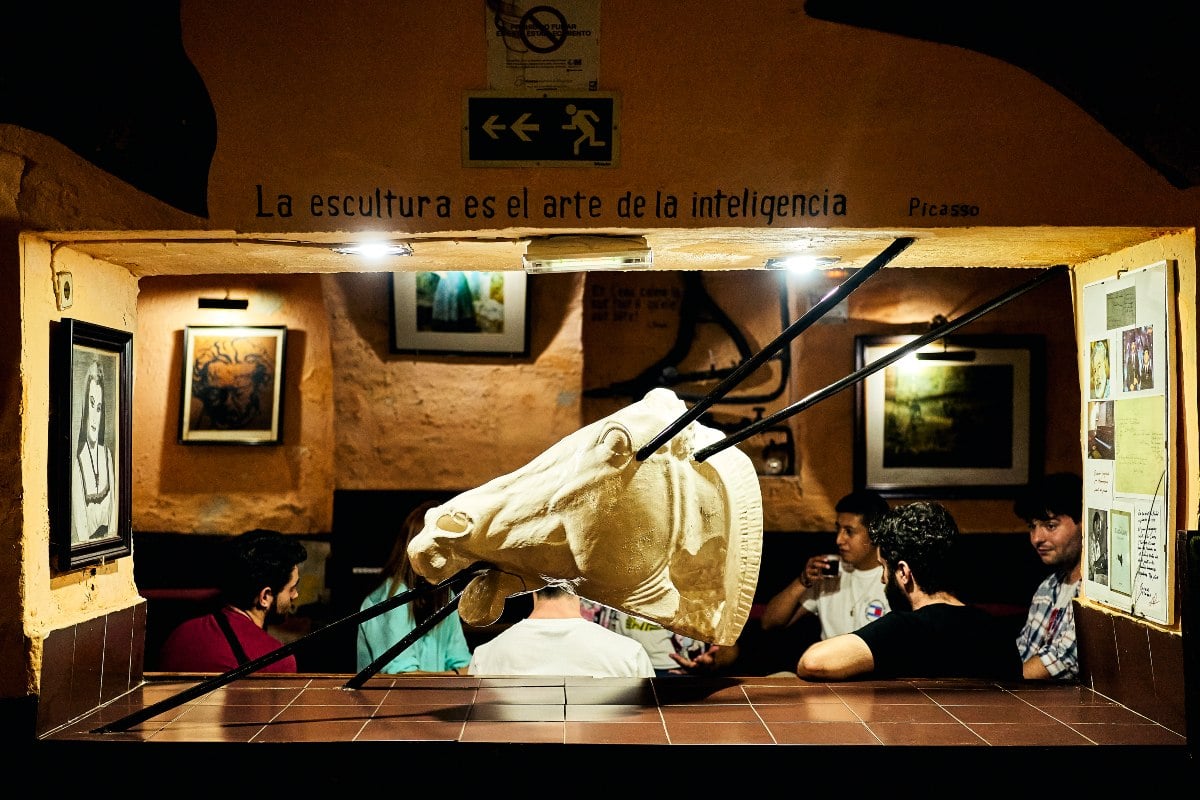
 Please whitelist us to continue reading.
Please whitelist us to continue reading.
Member comments